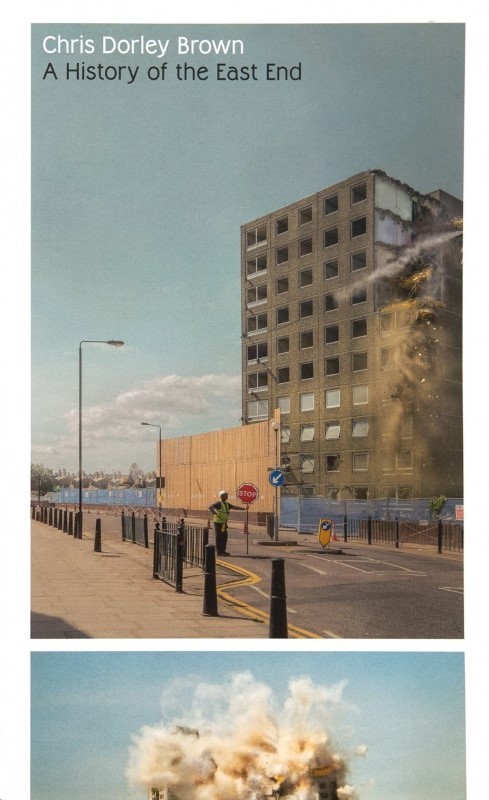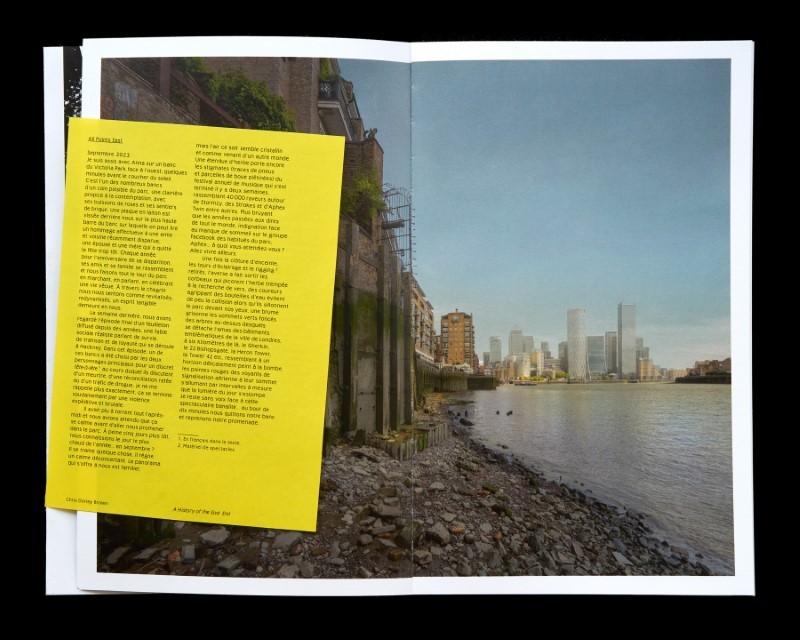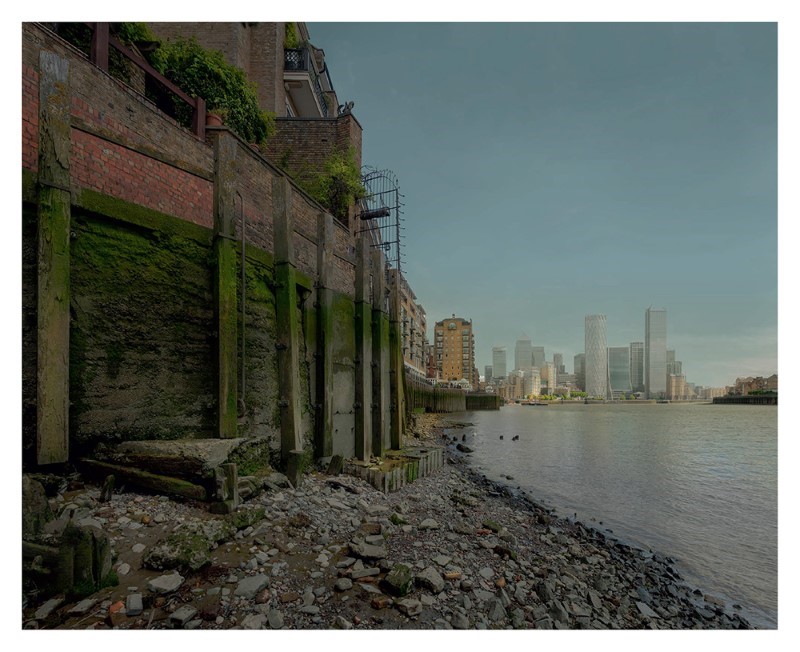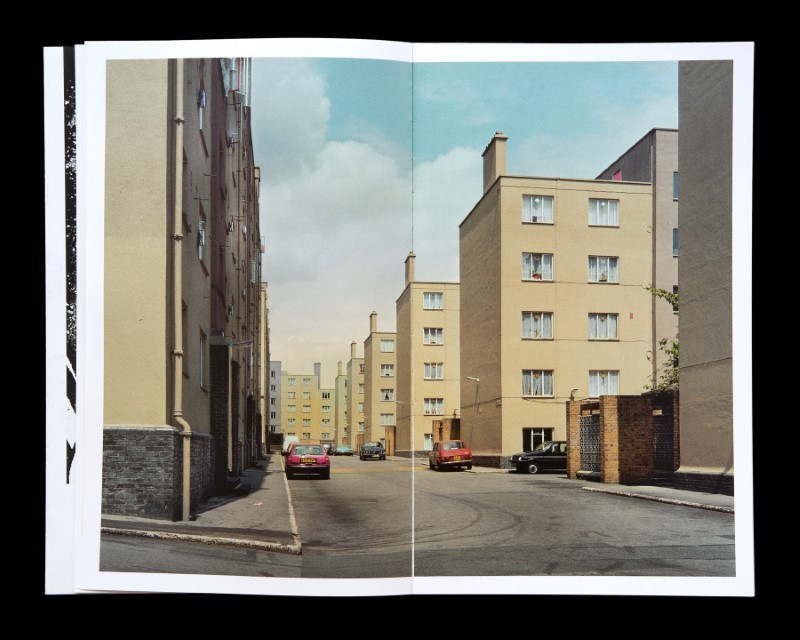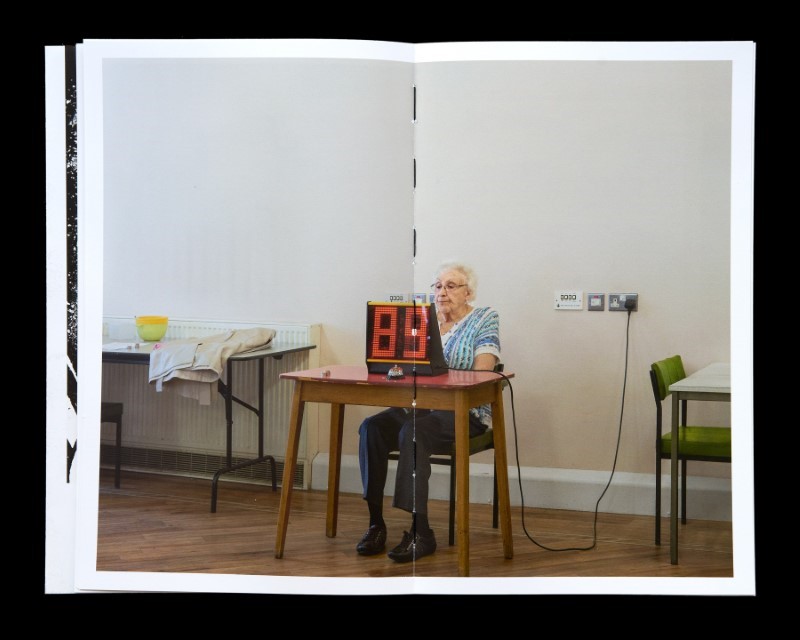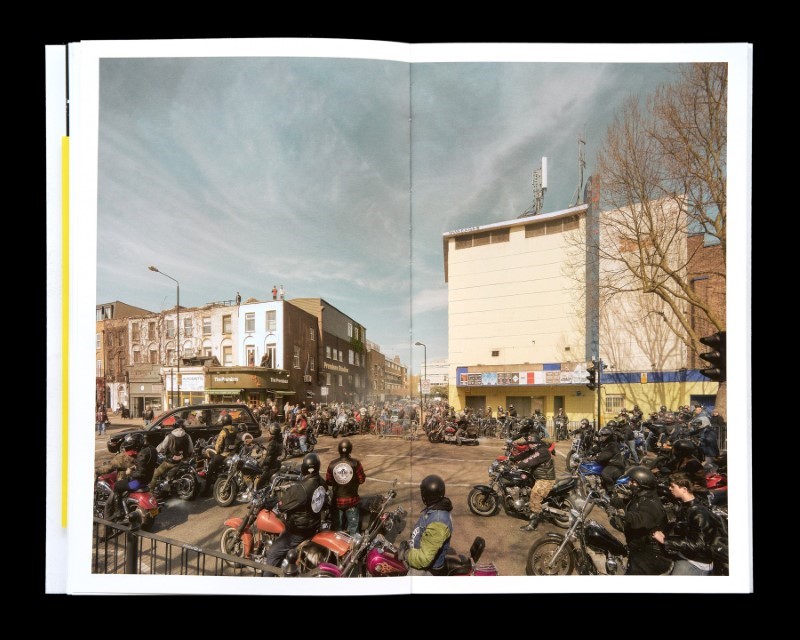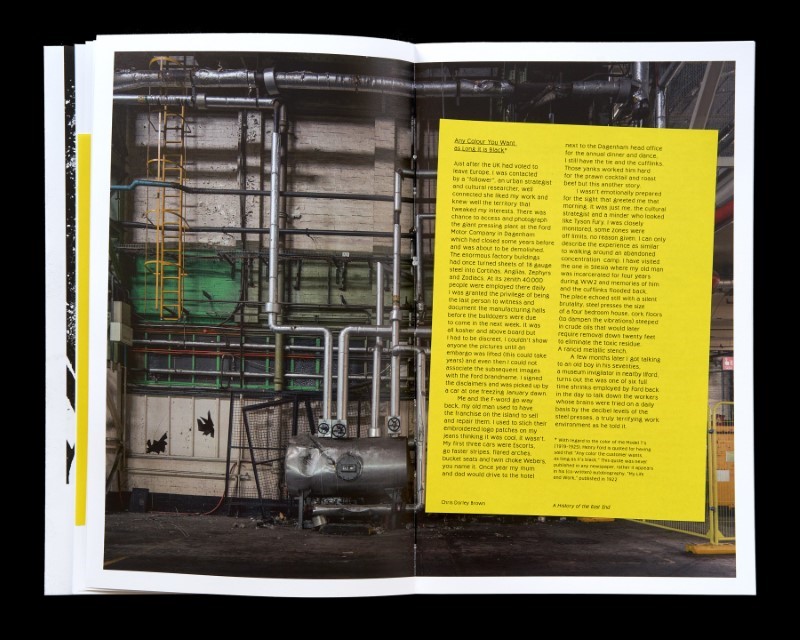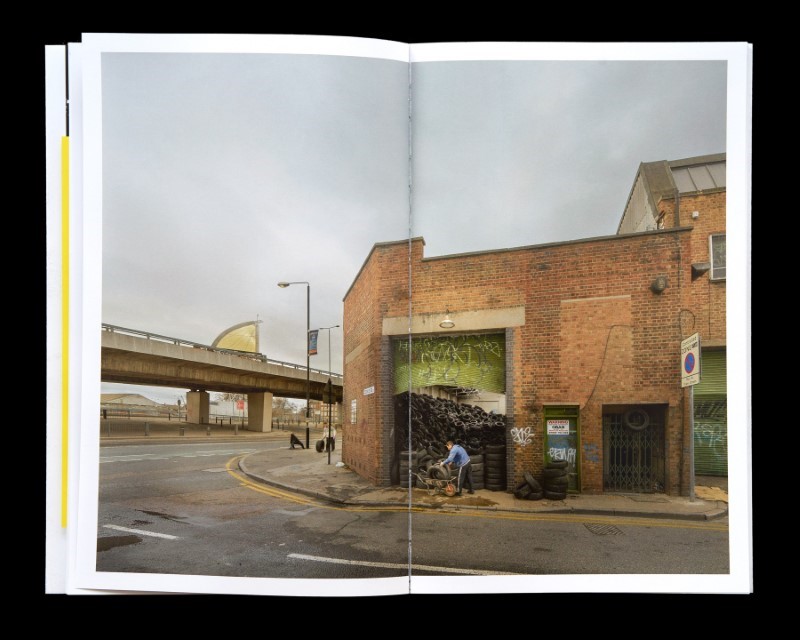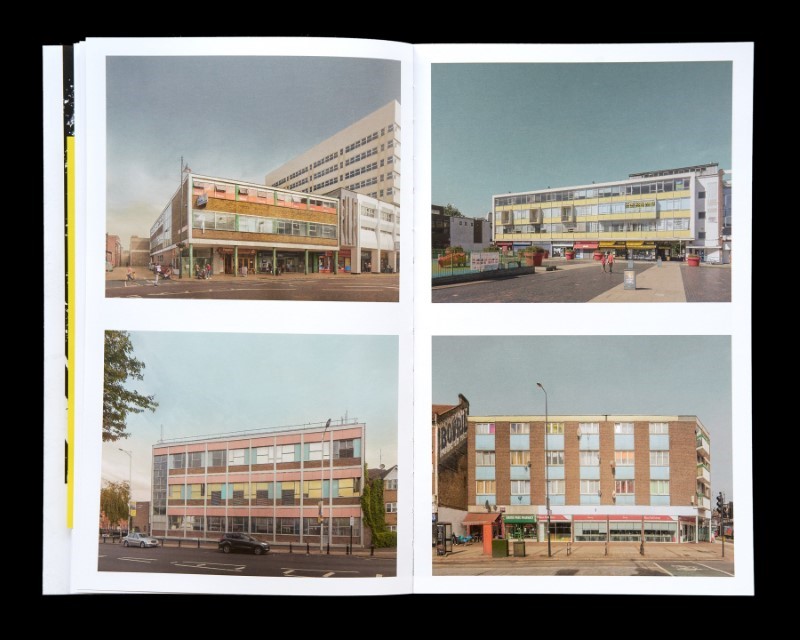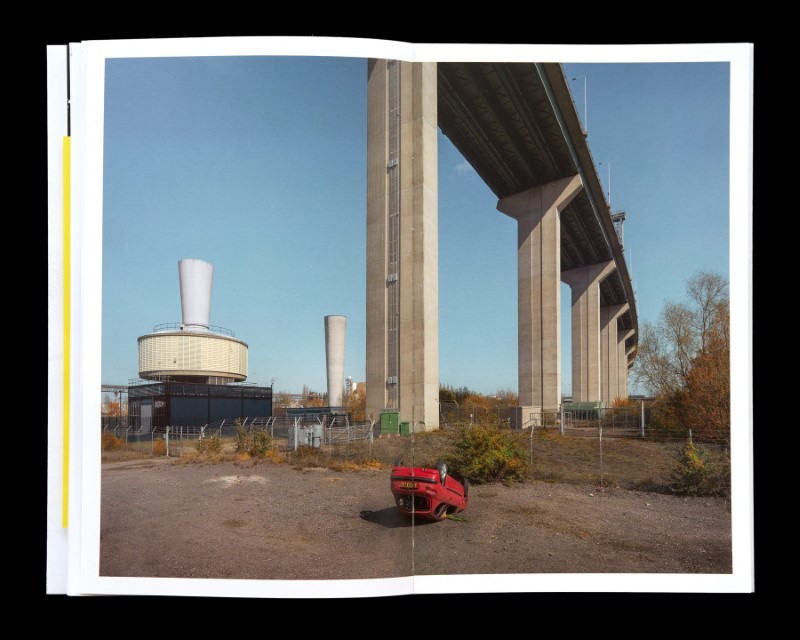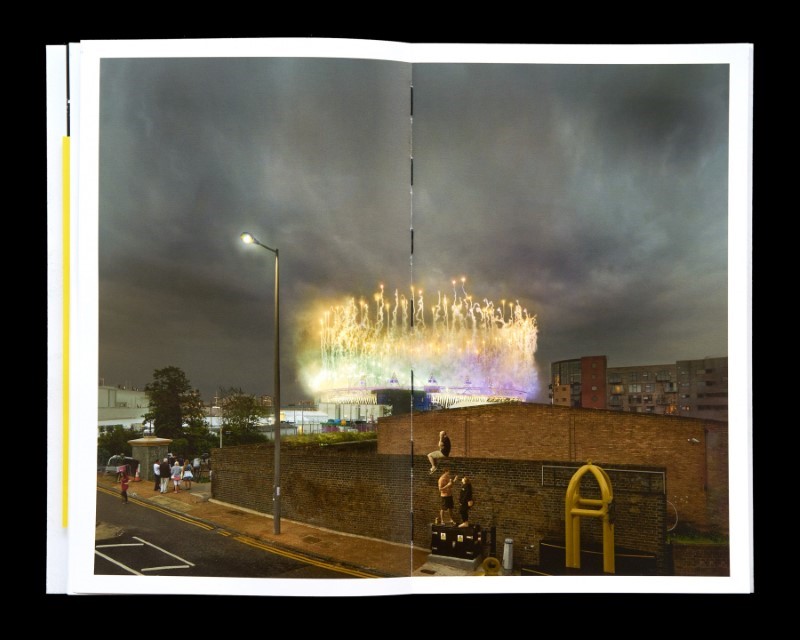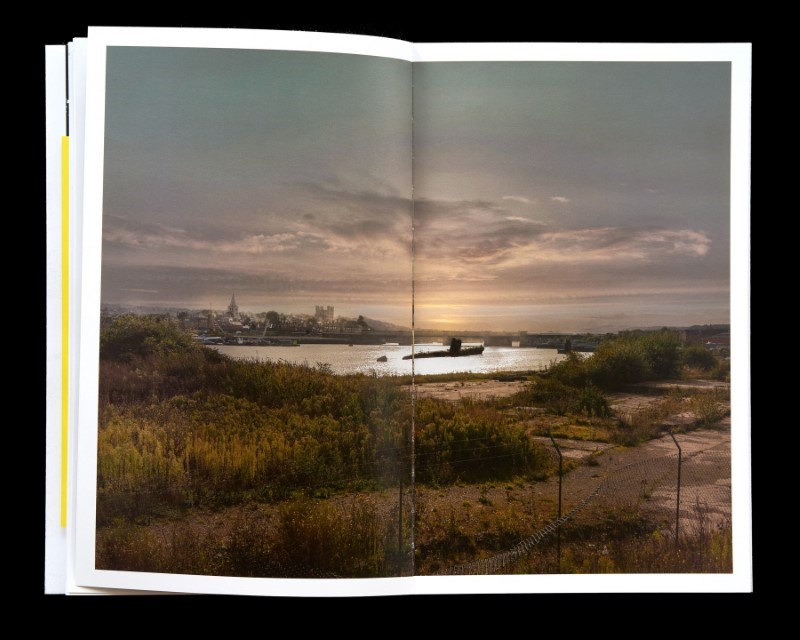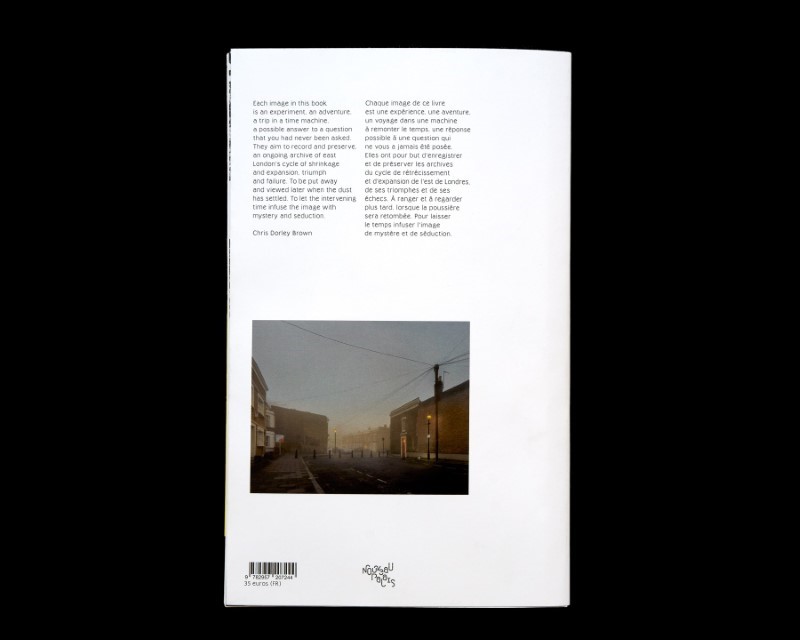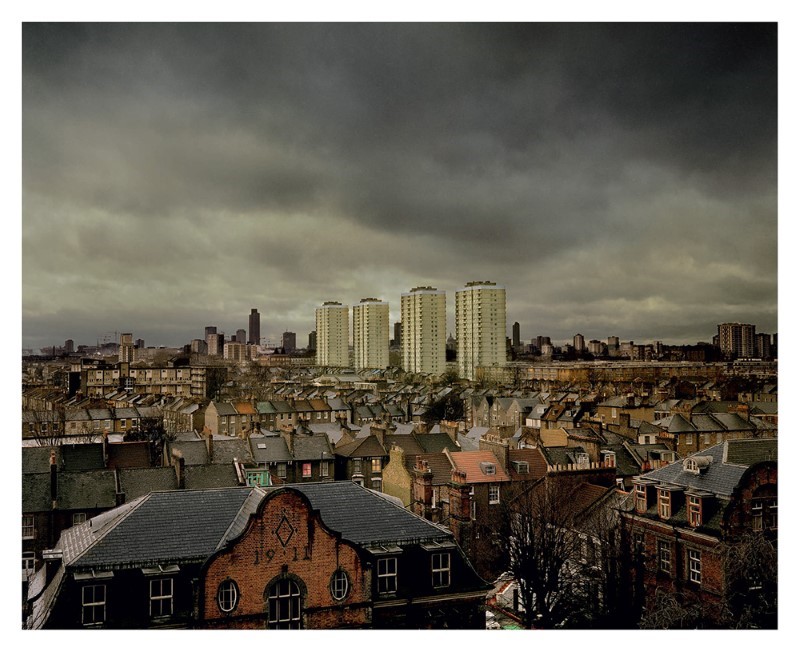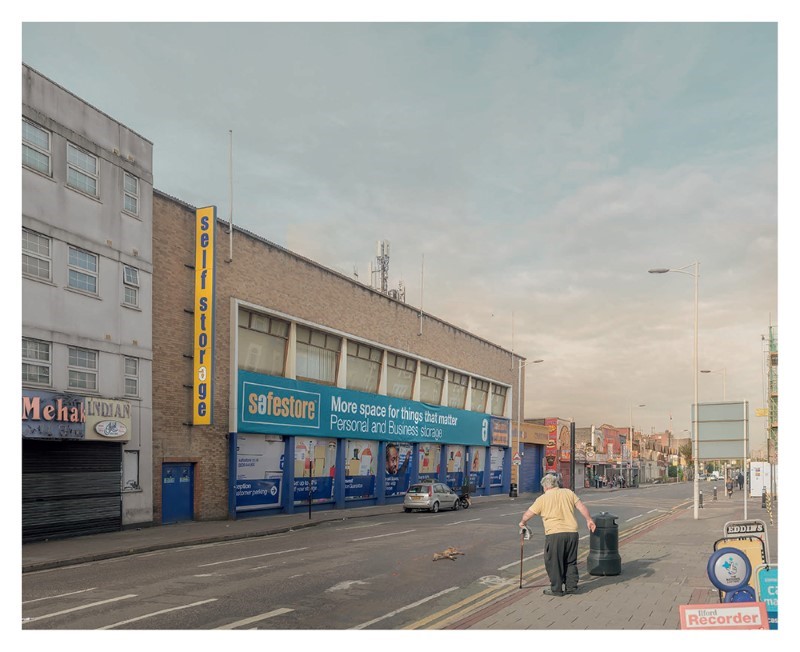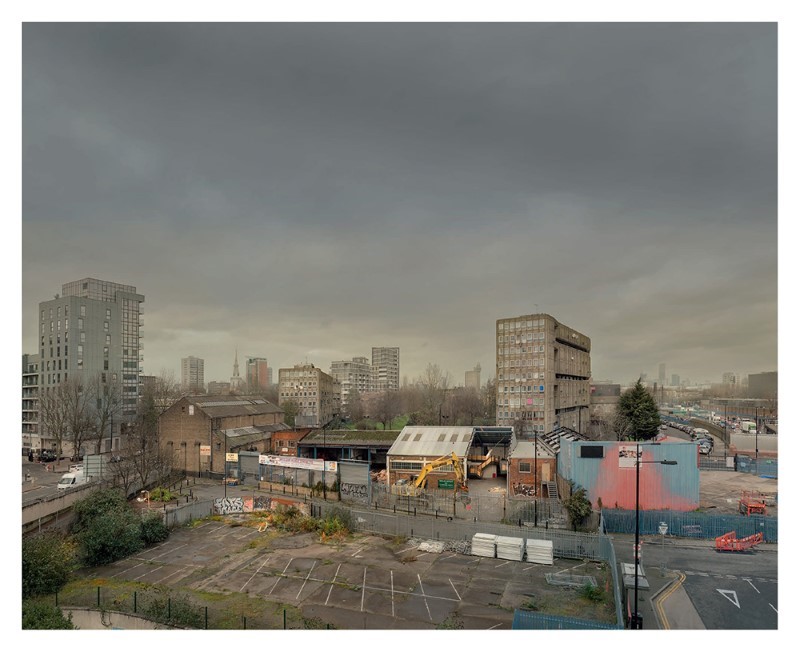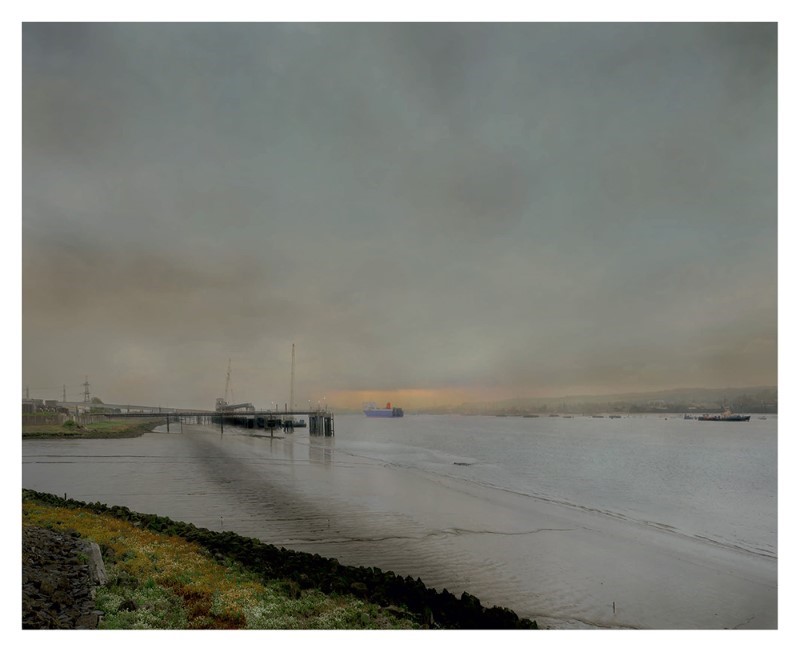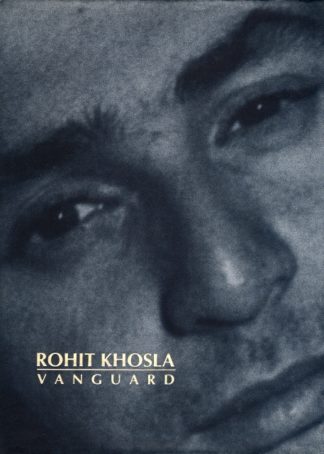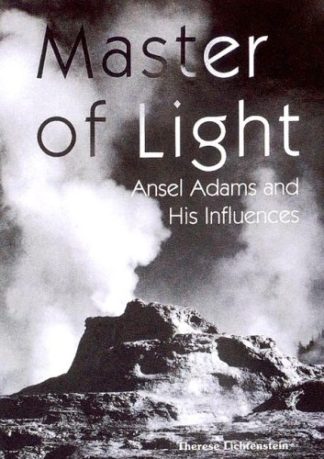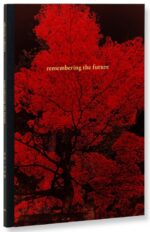1ère édition tirée à 600 exemplaires.
Autodidacte, Chris Dorley Brown a formé son éducation culturelle dans le quartier de Stratford à la fin des années 1970, dans un contexte de conflits et de changements politiques fortement polarisés.
Les photographies pré152sentées dans ce livre – plus de 100 – ont été prises entre 1984 et 2023. La traversée du livre se fait comme une déambulation : en partant du bord de la Tamise, on découvre l’architecture vernaculaire des années 1980, la destruction de ces mêmes immeubles quelques années plus tard, puis des architectures plus récentes. On suit les transformations occasionnées par les travaux pour les Jeux Olympiques, puis les rues désertées lors du confinement pour se retrouver au bord de la Tamise, presque à son embouchure. Des accidents ici et là s’intercalent entre ces principaux thèmes.
Des textes et des tracts sont glissés dans le livre. L’auteur y raconte son parcours avec un certaine aisance, qui rappelle, à nous ses éditeurs, ses talents oratoires, dans une construction particulièrement visuelle où l’anecdote côtoie les pensées les plus profondes.
Cette œuvre photographique prend toute l’ampleur qu’elle mérite dans le livre, elle déroule une histoire du East End, mais c’est aussi et surtout un témoignage du capitalisme tardif, de sa capacité à toujours prendre de nouvelles formes pour mieux se diffuser.
1st edition of 600 copies.
Chris Dorley Brown is a self-taught documentary photographer based in Stratford, East London. His cultural education was formed in East London in the late 1970s, against a backdrop of highly polarized political conflict and change.
The photographs presented in this book – over 100 – were taken between 1984 and 2023. The journey through the book is like taking a stroll: starting on the banks of the Thames, we discover the vernacular architecture of the 1980s; their demolition a few years later; followed by more recent architecture. We witness the transformations brought about by construction for the Olympic Games; then, the deserted streets during lockdown; ending on the banks of the Thames, almost at its mouth. One-offs, here and there, intersperse these main themes.
Texts and leaflets are included in the book. The author recounts his career with a certain ease that is reminiscent to us, his publishers, of his oratorical skills: the depictions are very visual, and anecdotes are related side-by-side with his most profound thoughts. This photographic work is given the scope it deserves in the book, revealing the history of the East End. It is also, and above all, a depiction of how capitalism and development took on new forms as it spread through the area.

